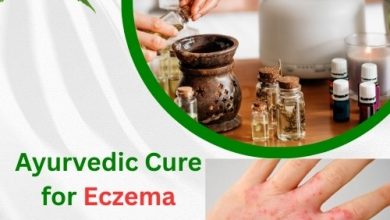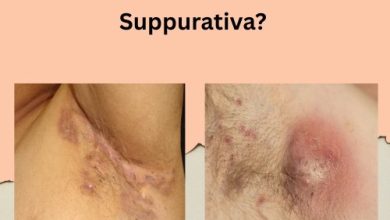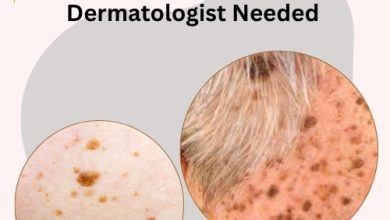New Treatments for Polycythemia Vera
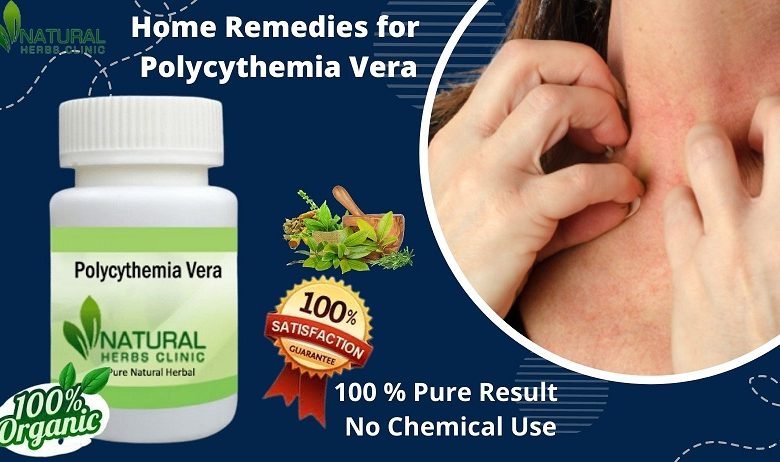
Polycythemia Vera (PV) is a rare blood disorder characterized by the overproduction of red blood cells in the bone marrow. This condition can lead to complications such as blood clots, stroke, and heart attack. Until recently, treatment options for PV were limited. However, significant advancements have been made in the field, and New Treatments for Polycythemia Vera are emerging that offer hope for patients with PV. In this article, we will explore these new treatments for Polycythemia Vera and their potential impact on patients’ lives.
Understanding Polycythemia Vera
Before diving into the new treatments, let’s briefly discuss what Polycythemia Vera is and how it affects the body. Polycythemia Vera Natural Treatment is classified as a myeloproliferative neoplasm, a group of rare blood cancers. It is characterized by the excessive production of red blood cells, white blood cells, and platelets. This overproduction leads to an increased viscosity of the blood, making it thicker and more prone to clotting.
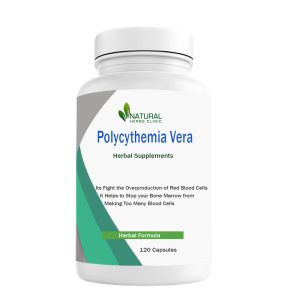
What are the symptoms of Polycythemia Vera?
PV manifests with a variety of symptoms, including:
- Headaches
- Dizziness
- Fatigue
- Itching, especially after a warm bath
- Sweating, especially at night
- Enlarged spleen
- Shortness of breath
How is Polycythemia Vera diagnosed?
The diagnosis of PV involves a combination of physical examinations, blood tests, and bone marrow biopsies. Blood tests can reveal increased levels of red blood cells, white blood cells, and platelets. Additionally, genetic testing can help identify mutations associated with PV, such as the JAK2 mutation.
New Treatments for Polycythemia Vera
Recent advancements in medical research have paved the way for novel treatments that target the underlying mechanisms of PV. These New Treatments for Polycythemia Vera aim to improve patients’ quality of life, reduce the risk of complications, and potentially extend survival rates. Let’s explore some of these exciting developments.
Targeted Therapies
Targeted therapies are a promising avenue for treating PV. These therapies specifically target the genetic mutations and signaling pathways responsible for the overproduction of blood cells. One notable targeted therapy is ruxolitinib, a JAK2 inhibitor. JAK2 inhibitors block the activity of the JAK2 protein, which plays a crucial role in the abnormal growth of blood cells in PV. Clinical trials have shown that ruxolitinib can effectively reduce spleen size, alleviate symptoms, and lower the risk of blood clots.
Interferon Therapy
Interferons are proteins naturally produced by the immune system to fight against viruses and tumors. Interferon therapy involves the use of synthetic interferons to regulate the production of blood cells in PV. Studies have demonstrated that interferon therapy can effectively normalize blood cell counts, reduce the need for phlebotomy (the removal of blood to lower red blood cell counts), and improve symptoms in PV patients.
Combination Therapies
Combination therapies, which involve the use of multiple drugs, are being explored to maximize treatment efficacy in PV. For example, combining a JAK2 inhibitor with an interferon has shown promising results in clinical trials. The rationale behind combination therapies is to target multiple pathways involved in the development and progression of PV, ultimately achieving better outcomes for patients.
Hematopoietic Stem Cell Transplantation
Hematopoietic stem cell transplantation (HSCT) is a potentially curative treatment option for PV. This procedure involves replacing the patient’s abnormal blood-forming cells with healthy stem cells from a donor. HSCT carries risks and is generally considered for younger patients with aggressive PV or those who have failed other New Treatments for Polycythemia Vera. Despite the challenges associated with HSCT, it offers the potential for a long-term cure for PV.
FAQs about New Treatments for Polycythemia Vera
Q: Are these new treatments available to all PV patients?
A: The availability of New Treatments for Polycythemia Vera may vary depending on factors such as the patient’s specific condition, stage of the disease, and healthcare provider’s recommendations. It’s essential for patients to consult with their healthcare team to determine the most suitable treatment approach.
Q: Do these new treatments have any side effects?
A: Like any medical intervention, New Treatments for Polycythemia Vera can have side effects. Common side effects include fatigue, nausea, and an increased risk of infections. However, the severity and frequency of side effects vary among individuals. Patients should discuss potential side effects with their healthcare providers.
Q: Can these new treatments cure Polycythemia Vera?
A: While these new treatments offer significant advancements in managing PV, they may not provide a Natural Cure for Polycythemia Vera for the disease. However, they can help control symptoms, reduce complications, and improve patients’ overall quality of life.
Q: How long does it take for the new treatments to show results?
A: The timeline for treatment response varies among individuals. Some patients may experience improvements in symptoms and blood counts within weeks, while others may require several months of treatment before noticing significant changes. It’s crucial to have realistic expectations and follow the New Treatments for Polycythemia Vera plan as prescribed by the Healthcare provider.
Q: Are these new treatments covered by insurance?
A: The coverage of New Treatments for Polycythemia Vera by insurance companies depends on various factors, including the specific insurance plan, regional regulations, and the treatment’s approval status. Patients should consult their insurance provider to understand the coverage options available to them.
Q: Are there ongoing clinical trials for new treatments in Polycythemia Vera?
A: Yes, ongoing clinical trials are being conducted to evaluate the effectiveness and safety of Natural Treatments for Polycythemia Vera. These trials aim to further expand our understanding of the disease and explore additional treatment options.
Conclusion
The landscape of New Treatments for Polycythemia Vera is evolving, with new therapies offering hope and improved outcomes for patients. From targeted therapies and interferon treatments to combination therapies and hematopoietic stem cell transplantation, these advancements provide patients and healthcare providers with more options to effectively manage PV. As research continues to progress, it is crucial for patients to work closely with their healthcare team to explore the most appropriate treatment plan for their specific condition. The future holds promise for improved quality of life and better long-term outcomes for individuals living with Polycythemia Vera.


